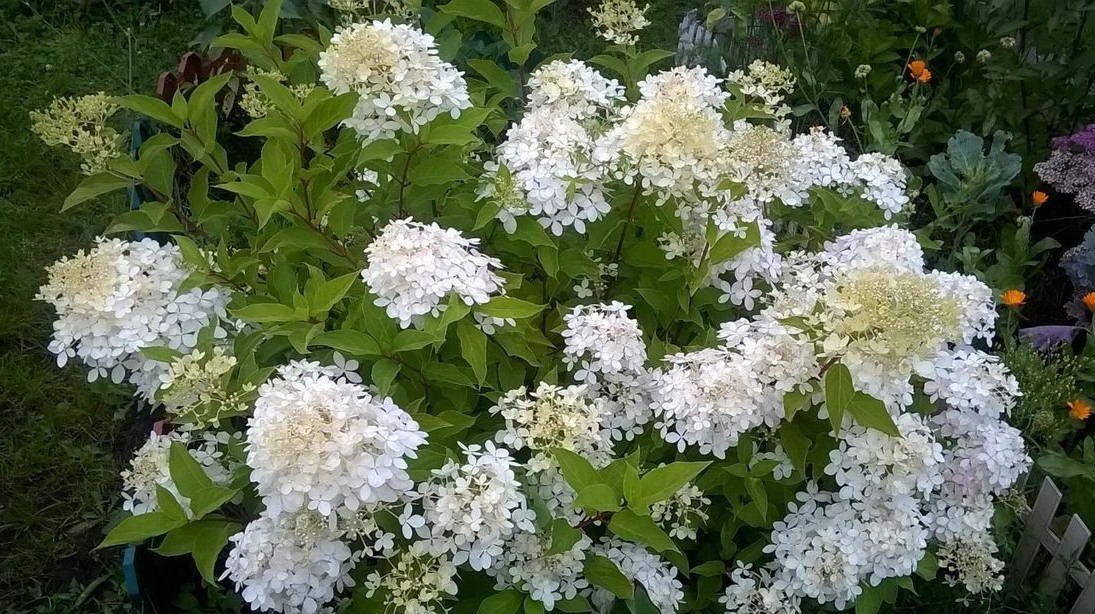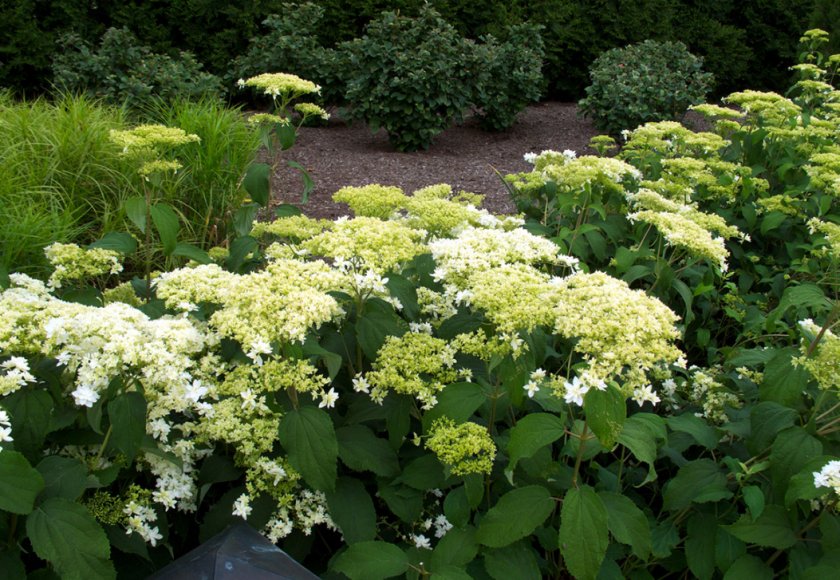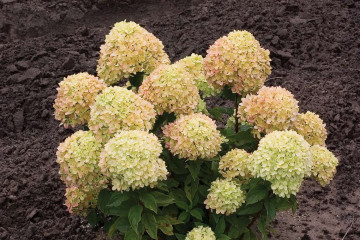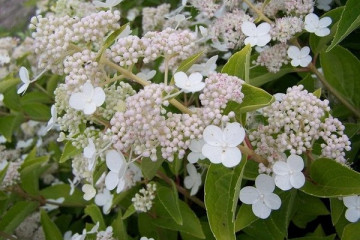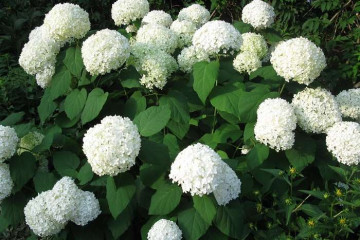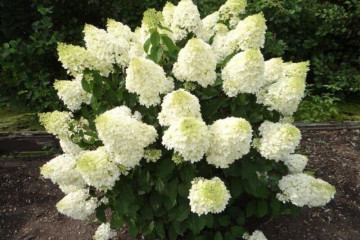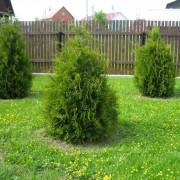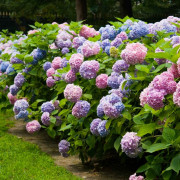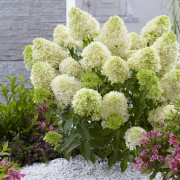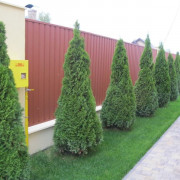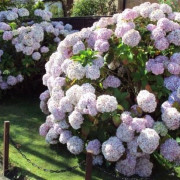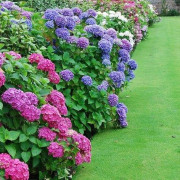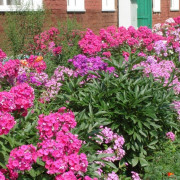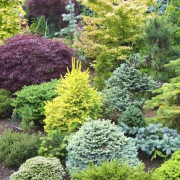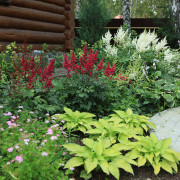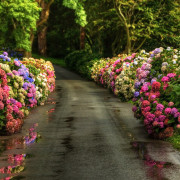Hydrangea Hayes Starburst - variety description, planting and care
Content:
Hayes Starburst hydrangea is a flowering and not the most demanding shrub plant to care for. The variety has an unusual flowering.
Description of the variety
Before buying a seedling, it is worth studying all the characteristics and description of the plant, and especially the appearance of the inflorescences.
History of origin
Hydrangea Hayes Starburst was developed in the USA, in Alabama. The Latin name for the flower is Hydrangea arborescens Hayes Starburst.
Features of the variety
Hydrangea Hayes Starburst is a shrub, reaching a height of 1-1.2 m. The crown is spreading. The foliage is large, light green. Inflorescences are large, umbellate in shape. Terry flowers. At the beginning and at the end of flowering, they have a greenish milky color. In the middle of flowering it is white.
Winter hardiness
The variety is winter hardy, but when grown in regions with frosty winters, it requires shelter.
Planting and further care
In order for the shrub to develop harmoniously, when planting and while caring for it, you need to adhere to some rules.
Site selection and preparation
The shrub loves open, sunny areas, protected from drafts. The main thing is that the light is diffused, not direct. The flower loves loose and nutritious soil with good drainage.
How to plant a plant
Procedure:
- Dig a hole and cover the bottom with crushed brick or expanded clay (thin layer).
- Place a seedling in the center and bury a hole.
- Tamp the soil near the trunk.
- Sprinkle ash over the soil near the seedling.
Planting in the ground ends with the seedling being abundantly irrigated with heated water.
Watering and feeding
Hydrangea tree Hayes Starburst is best suited for moderate watering. Only heated water should be used for irrigation.
In the first half of the season, nitrogen-containing fertilizers are applied to the soil. After the start of budding, the shrub requires potassium and phosphorus.
Pruning
Every year it is necessary to thin out the crown of the shrub. Dry and small branches are cut off. The main thing is not to touch two-year-old shoots. Inflorescences are formed on them.
Preparing for winter
Before the beginning of the winter period (several weeks before frost), the soil around the bush is mulched. The branches are tied together and wrapped with agrofiber.
Reproduction
The easiest way to reproduce is by dividing the bush. For this, it is best to use adult, overgrown bushes. The plant is dug up and the root system is cut into several small pieces. Each part is planted separately. You can also plant the hydrangea with green cuttings.
Diseases and pests, ways to deal with them
Hydrangea rarely gets sick with proper care. Spraying with insecticides helps from pests. For diseases, fungicides are used. For example, Topaz, Fundazol, Bordeaux liquid.
Most often, the shrub suffers from chlorosis. The first symptom of the disease is the appearance of a marbled color on the foliage. The disease can be cured by spraying with copper sulfate.
Use in landscape design
Hydrangea looks harmonious if planted in separate bushes and in groups with other flower and herbaceous crops. It is often used as a hedge.
Hydrangea Starburst is not capricious in grooming and has a very beautiful flowering. The shrub quickly takes root in a new place after transplanting.

